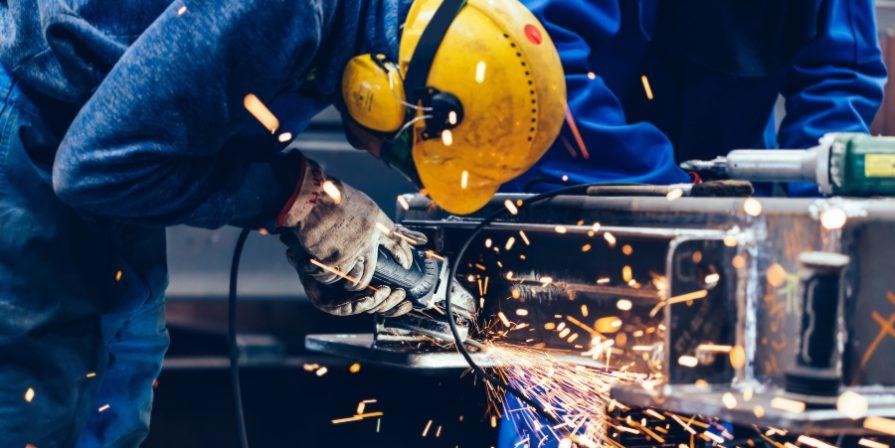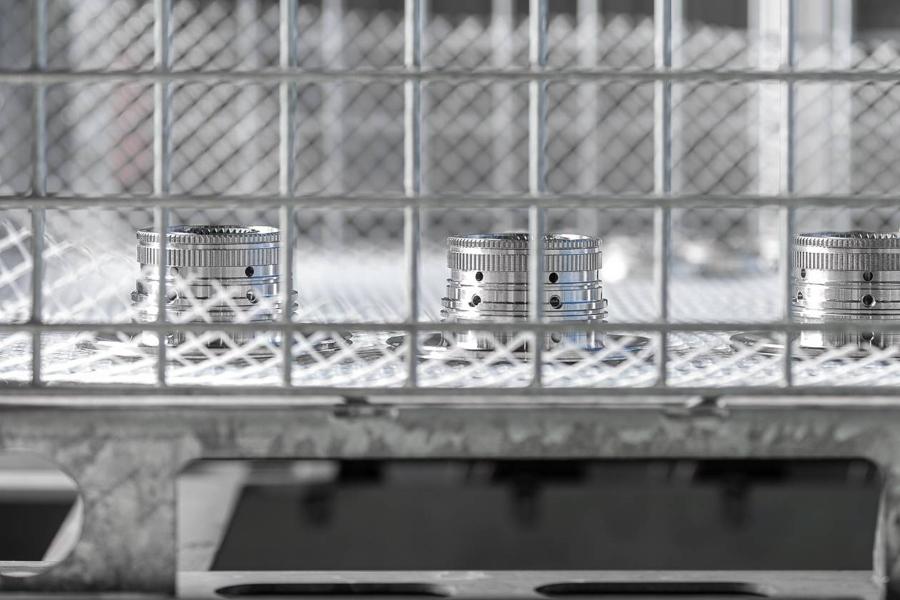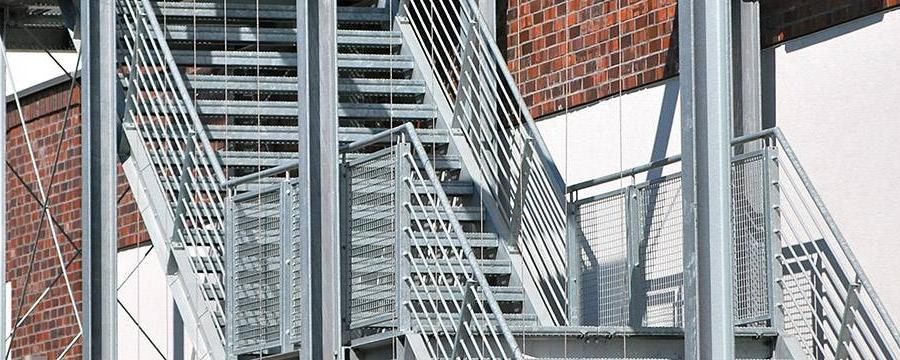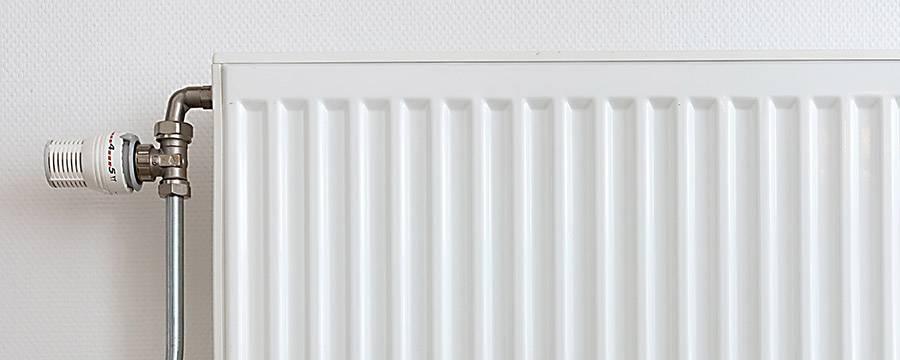The adhesion of coatings and the durability of adhesive bonds depend largely on the condition of the surfaces involved. Pre-treatment gives a material the surface characteristics necessary for successful downstream processing. Surface treatment uses various pre-treatment methods depending on the specific metal and desired outcome. The following is an overview of common surface pre-treatment processes.
Purpose of Pre-Treatment
Both coating and bonding rely on the materials ability to allow a liquid or powder to spread evenly, penetrate micro-irregularities, and create mechanical interlocking as it hardens.
The primary goals of surface pre-treatment are therefore cleaning and degreasing. To achieve this, both mechanical and chemical techniques are used.
Mechanical Pre-Treatment Methods
Mechanical pre-treatment aims to remove stubborn contaminants such as rust, scale, or old coatings, to degrease the part, and to roughen the materials. In some cases, this treatment also strengthens the material just beneath the surface.
Brushing
The most straightforward method of mechanically removing rust, scale, or old paint is brushing—either manually with a wire brush or using rotating brushes mounted on a grinder.
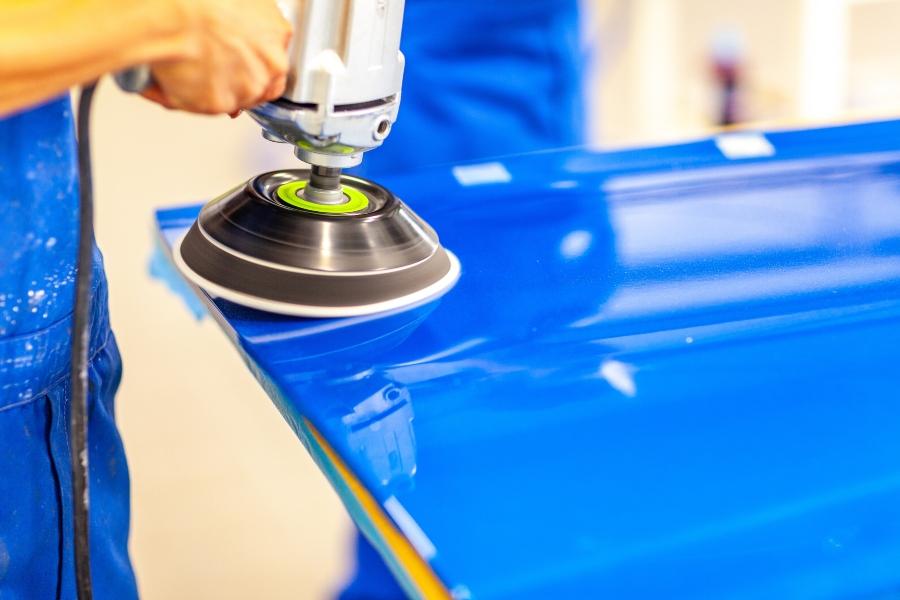
Large-scale industrial systems may guide parts past rotating brushes. Depending on the setup, these brushes may leave scratch marks on the surface—sometimes intentionally, sometimes they are removed later through sanding.
Grinding
Grinding removes material from a surface using abrasive tools like grinding wheels or sandpaper. A key factor here is the grit size: higher grit numbers correspond to a greater density of finer abrasive grains, resulting in a smoother finish. This process is used to create precisely defined texture or roughness.
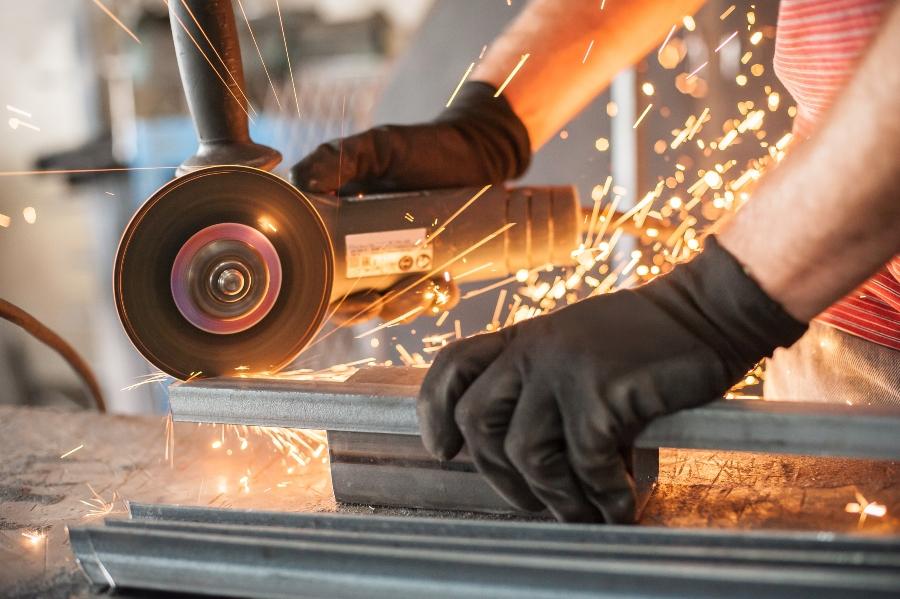
Blasting
Blasting is a widely used mechanical method for surface cleaning. It involves directing a high-pressure stream of material at the part to remove contaminants. One of its key advantages is its ability to reach cavities and hard-to-access areas. Depending on the blasting media and the impact velocity, this process can clean or also work harden the subsurface layer of the material.
Common blasting media include:
- Steam
- Water
- Crushed nut shells or hardwood granules
- Glass beads
- Sand
- Steel shot
- Aluminum oxide (corundum)
When hard blasting media like steel shot or aluminum oxide strike the metal at high velocity, they cause micro-deformations in the surface. These permanent changes strengthen the material and create a finely textured finish that is ideal for subsequent coatings.
If cleaning agents are added to the water during water blasting, mechanical and chemical processes act simultaneously.
Chemical Pre-Treatment Methods
Chemical surface preparation includes degreasing and cleaning with chemical agents, pickling, surface activation, and passivation of the metal.
Cleaning and Degreasing
Oils and greases are often used as temporary corrosion protection. Before further processing, these residues must be thoroughly removed to ensure coatings or adhesive bonds adhere properly. Cleaning is done by immersion or spraying. Preferred cleaning agents include surfactants and organic solvents—with surfactants generally being favored.
A benefit of many solvents is that they evaporate without leaving residue. In contrast, surfactant-based cleaning requires multiple rinse cycles to remove any remaining residue. The final rinse is typically done with deionized water, preventing mineral deposits and water stains during drying.
Pickling and Surface Activation
Pickling uses strong acids or bases to remove oxidation products like rust. A clean, oxide-free surface is critical, especially for electroplating or adhesive bonding.
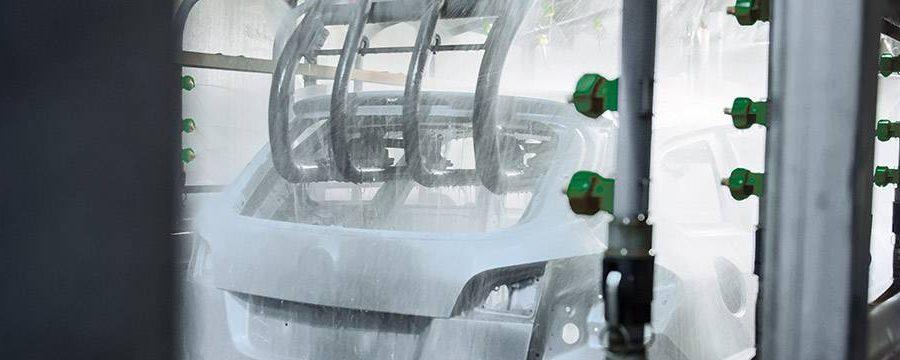
This step is often followed by surface activation, preparing the material for passivation coatings that serve both as corrosion protection and as an adhesion base for paints or finishes.
Passivation
Passivation involves creating a protective chemical layer on the surface of a metal. Specialized chemicals react with the substrate to form a dense, uniform layer that protects against moisture and oxygen, thus improving corrosion resistance. If a coated surface is scratched or damaged later, the underlying metal is less likely to corrode.
This protective layer also improves paint adhesion. Pre-treatment technology primarily uses phosphating and chromating to create such layers.
Because the base material reacts chemically to form the layer, passivation layers are also called conversion coatings, and the process is referred to as a conversion treatment. Post-passivation, parts are rinsed thoroughly—first to remove residual chemicals, then in a final rinse using deionized water to prevent spotting. The process concludes with controlled drying.
 Kluthe Magazine
Kluthe Magazine
